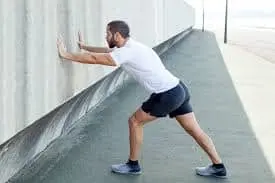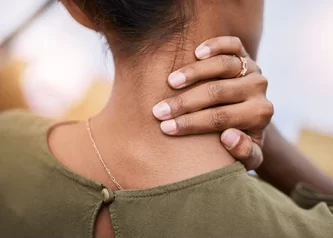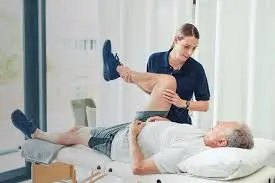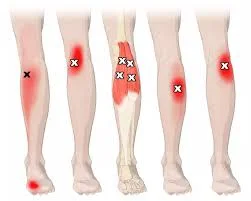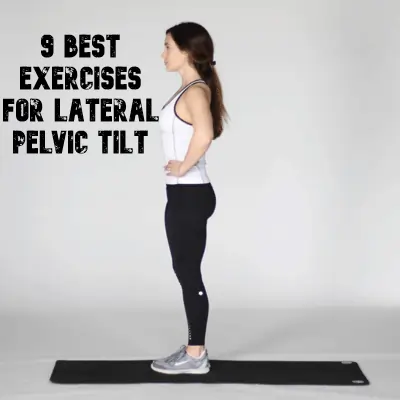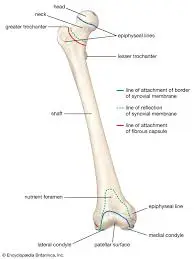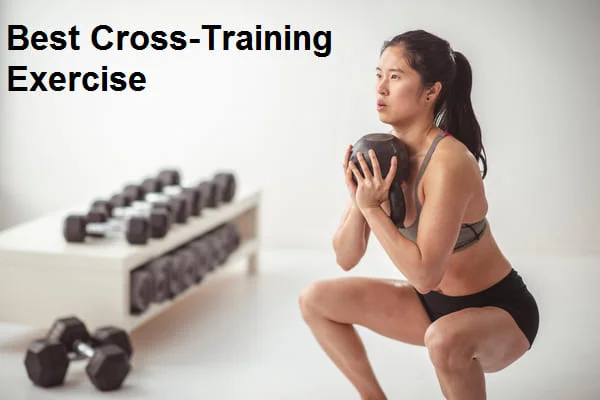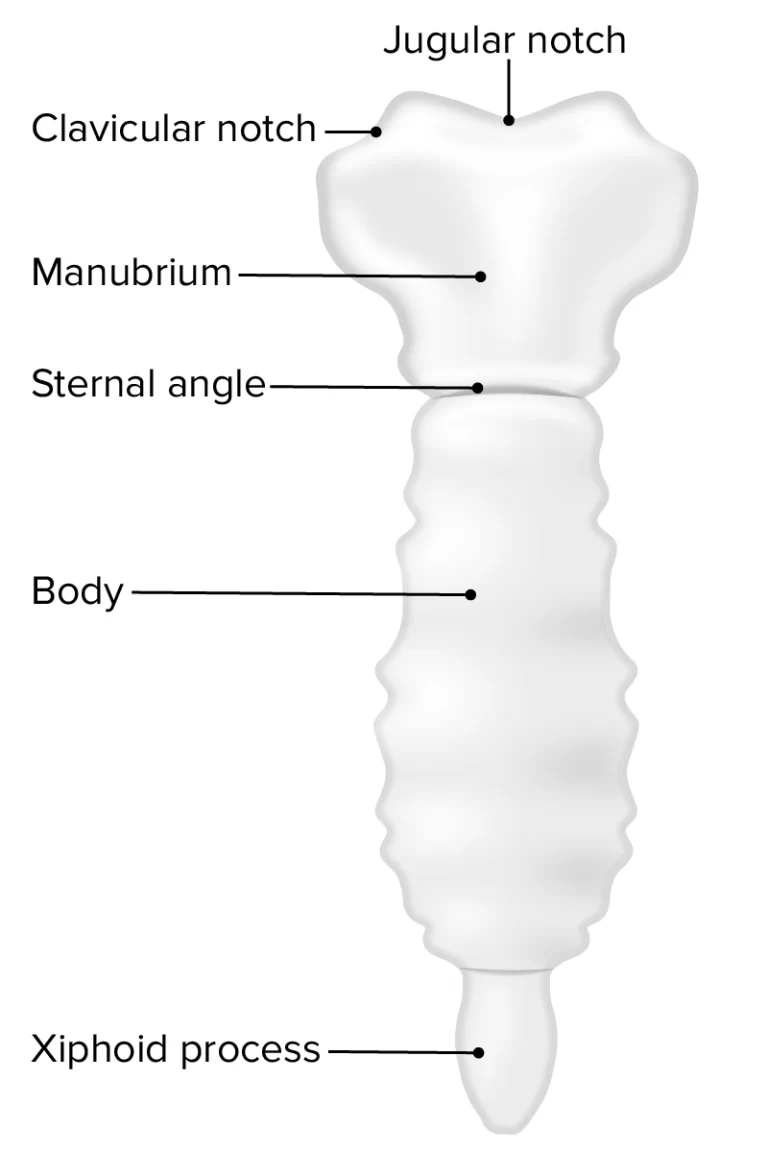Trigger Points in Foot Muscle
Trigger points in the foot muscles refer to tight, hyperirritable spots in the muscle tissue that can cause localized pain and may radiate to other areas. These points often develop due to repetitive stress, poor posture, or injury, and can be found in muscles such as the plantar fascia, flexors, and extensor muscles of the…


